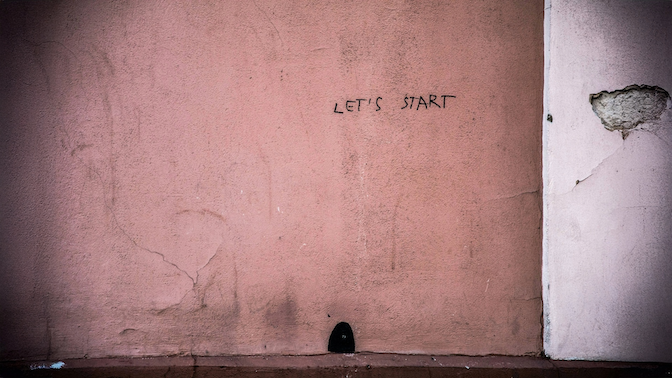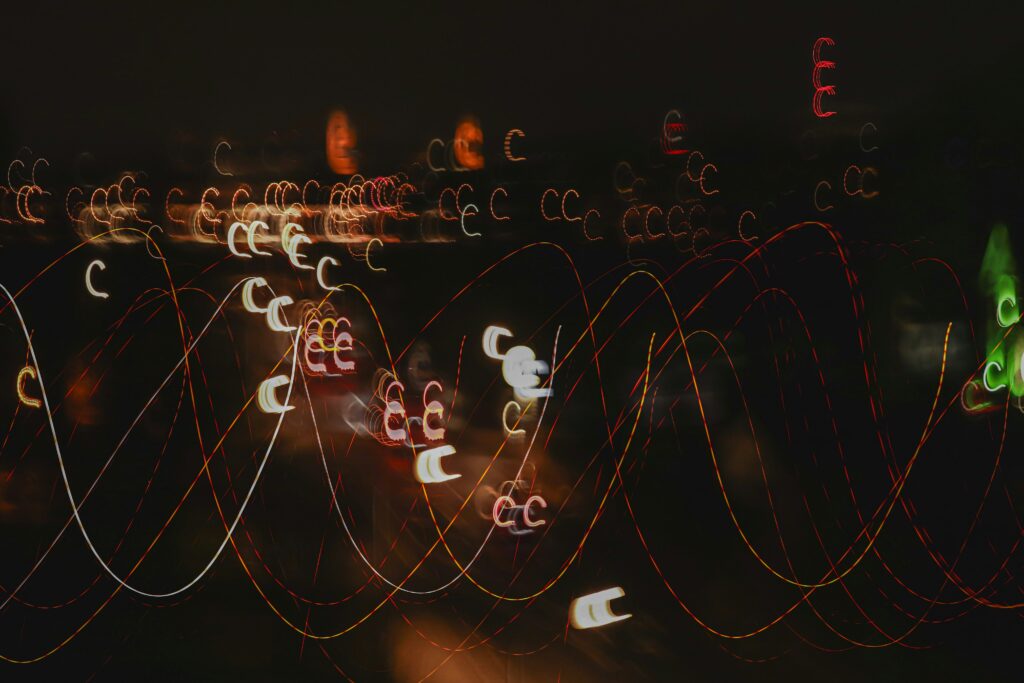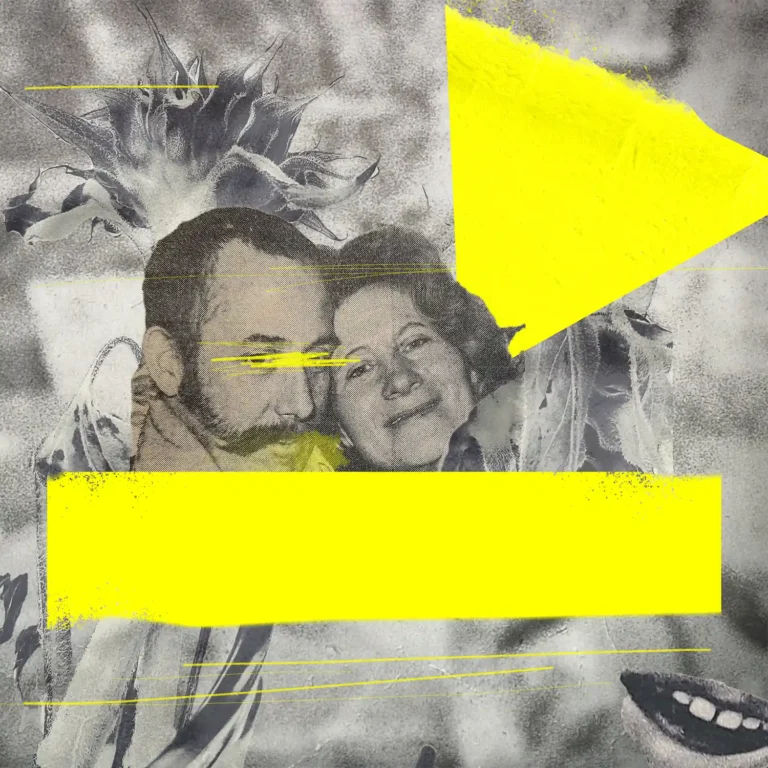NEOM is a planned $500 billion mega-city under the NEOM Project, backed by Saudi Arabia’s crown prince and the PIF (Public Investment Fund). The Line is its most ambitious subproject: a 170km linear city with no cars, no streets, and allegedly no pollution.
But how the futuristic city will sound may be one of its most radical features.
Table of Contents
1. Silence as a Premium Commodity
One of the biggest selling points of The Line is its near-silent environment. Because it’s entirely pedestrian and transport will run underground via maglev and autonomous systems, the city promises a soundscape free of engine noise. That silence is being positioned not just as a quality-of-life feature, but as a luxury experience – like having access to quiet in a world of overstimulation.

Imagine:
- No horns
- No distant traffic roar
- Just wind, footsteps, and birds (curated ones, by the way… see below)
This echoes the “quiet design” principles already seen in premium EV brands like Lucid and Tesla, but scaled up to an entire city ecosystem powered by solar, wind and power infrastructure.
2. Programmable Ambience – The Spotify of a Futuristic City
NEOM’s planning literature includes references to adaptive audio environments: public and private spaces where sound responds to human presence, weather, and time of day. Even stock market conditions.
Think:
- Morning in a residential zone = soft ambient generative music
- Evening in a plaza = spatial soundscapes that adapt to foot traffic density
- Retail districts using sonic scenting – audio “flavours” that match brands or time-based moods

This opens the door to something unprecedented at this scale: sound not as background, but as a layer of UX. This is something we’ve been proponents of for over a decade.
Unquestionably, this raises the issue of who controls these sounds. That’s where my mind goes straight away.
The democratisation of audio – generatively curated by the city’s inhabitants – would be my preferred approach. But my concern is The Line’s sonic footprint will be the “sellable” domain of central government, more interested in coercion than collaboration.
We’ve already seen weaponised sound used in public spaces, from high-pitched tones outside gathering points in the UK to disperse youth (older generations literally can’t hear pitches that high), to other forms of sonic deterrence. While I have no doubt it wouldn’t be that overt, the potential for misuse is high.
Likewise, the ability to sell off “environments” to the highest bidder could turn the entire city into one huge advertising media playground for the rich and powerful.

With data processing no longer being the bottleneck, the way we implement audio to enhance, alter, and harmonise with our moods and environments will absolutely become a marker of modern life in the next decade. This is only further evidenced by OpenAI and Jony Ive’s contextually aware “third core” wearable device, due to launch in 2027.
Sound That Says Something
We craft emotional sonic gut-punches that you can feel.
3. All Style, No Substance? Hyperlocal Identity Without History
NEOM is in the desert. There’s no inherited urban sound – no creaking metros, no bells, no cobblestone echo.

This forces the question: what does a city sound like when it has no past? (We could ask Vegas, right?)
Early NEOM promotional films feature predictable recorded natural soundscapes – wind across dunes, bird calls, subtle water trickles. But the plan, as I understand it, is to mix these into (link quote) “futuristic ambient scores.”
It’s this symbiosis that’s actually interesting from an audio UX perspective. These will need to be either completely generative (possible) or loopable (also possible, but likely to p**s people off after a few days).
The intention is to merge biophony (animal sound), geophony (natural non-biological sound), and anthrophony (human-made sound) into a seamless environment.
Expect things like:
- Urban parks with directional speakers embedded in trees playing local wildlife
- Artificial streams where subsonic water movement is tuned to calming frequencies
- Large-scale ASMR-style architecture, where texture and material create calming touch-and-sound combinations (e.g. softly textured handrails that produce tactile audio feedback)
Either way, this gives audio branding agencies such as ours a huge opportunity to design foundational auditory cues that are empathetic to the city’s inhabitants.
Off the top of my head, some obvious ways this could manifest:
- Door entry chimes that reflect the desert environment
- Street crossings with geo-referenced tonal palettes
- Spoken announcements using AI-generated “neutral Arabic-English hybrid” voices
This has never been done at scale before. It’s not retrofitting sound onto infrastructure, it’s baking identity into acoustics from day zero.
That’s the exciting frontier here.
The Sound of Utopia or the Absence of Noise?
The sound of NEOM and The Line may not be defined by what you hear, but by what you don’t:
- Absence of chaos
- Absence of mechanical unpredictability
- A calm, curated, data-driven audio experience
But there’s a risk too. Cities need chaos. It’s the lifeblood of all the world’s truly great cities.

The human condition doesn’t just crave predictability and order, it thirsts for randomness and surprise too.
There’s a very real risk that, if this project isn’t handled sensitively, The Line will deliver a deeply sanitised, homogenised sonic environment that feels antiseptic or overly controlled. Like an episode of Black Mirror on repeat.
The great urban soundscapes of the world – from Brixton to Istanbul – live and breathe through spontaneity.
So the real challenge is this: can a city that doesn’t yet exist feel alive through sound?
We’re about to find out.
What is an adaptive audio environment?
An adaptive audio environment is a system that adjusts sound in real time to reflect changing conditions such as human presence, weather, foot traffic, or even financial market data. In The Line, this could mean residential areas filled with gentle ambient tones in the morning, or public plazas that change their soundscape depending on how busy they are. It treats sound not as background, but as part of the user experience.
What will NEOM (The Line) sound like?
The Line is designed to be one of the quietest urban spaces in the world. With all transport moved underground and no cars or traditional streets, it will prioritise silence. Sounds will come from natural elements like wind or water, curated wildlife, and potentially spatial audio compositions that adapt to context. The aim is to blend natural, human, and technological sounds into a seamless identity for the city.
Why is sound design important for a city built from the ground up?
Sound design in a newly created city is not just an aesthetic choice, it is foundational. By building the acoustic identity from day one, planners can improve quality of life, reduce noise pollution, and create environments that feel both distinctive and empathetic. Rather than retrofitting sound onto infrastructure, NEOM has the opportunity to design a sonic identity that reflects its ambition to be a city of the future.


